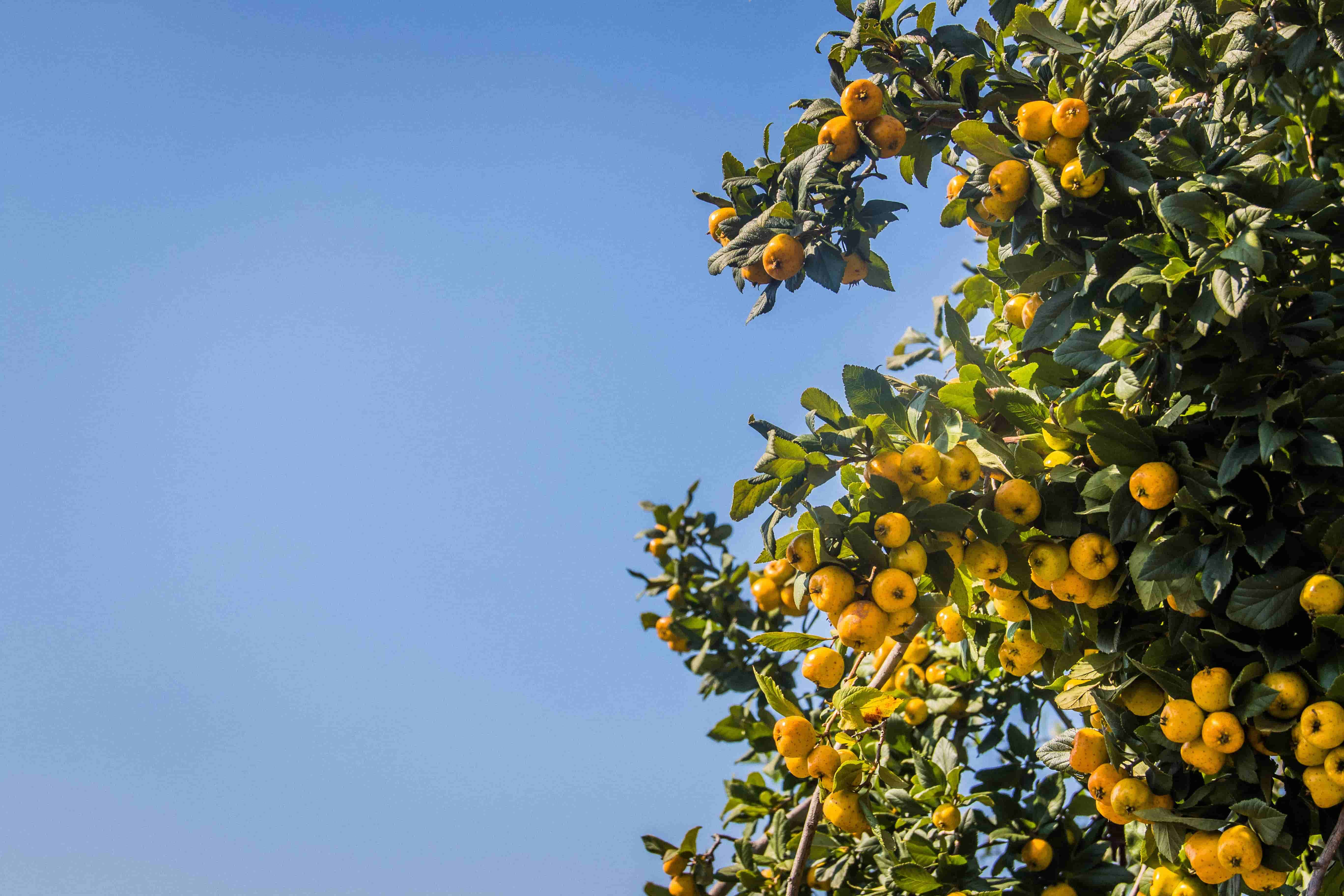The Art and Science of Pruning Fruit Trees: A Guide for Garden Enthusiasts
Posted by Woodland Tools Co. on 4th Apr 2024
The Hidden Power of Pruning
Imagine a tree, laden with juicy, sun-kissed fruits, branches sagging under the weight of a bountiful harvest. It's a gardener's dream, isn't it? But how do you transform this dream into a backyard reality? The secret, quite often, lies in a pair of pruning shears. Pruning, an often-overlooked garden task, is crucial for healthy fruit trees and abundant yields. In this article, we delve into the art and science of pruning fruit trees, offering you practical tips to enhance your garden’s productivity and beauty.
Understanding the Basics: What is Pruning?
Before we dive into the 'how-tos', let's understand what pruning really means. Pruning involves selectively removing parts of a plant, such as branches, buds, or roots. Why do this? The reasons are manifold:
- Promotes tree health: Removing dead or diseased wood keeps trees healthy.
- Controls growth: Pruning shapes the tree and controls its size, making harvesting easier.
- Encourages fruit production: Strategic cuts improve yield quality and quantity.
When to Prune: Timing is Key
Pruning is not a whimsical garden chore. Timing is critical. Generally, the best time to prune fruit trees is during the dormant season, in late winter to early spring, before new growth starts. This timing helps the tree heal quickly and burst into vigorous growth as the weather warms up. However, the exact timing can vary based on your climate and the type of fruit tree.
Tools of the Trade: Equip Yourself Right
Before starting, ensure you have the right tools. A clean, sharp pair of Pruning Shears is essential. For larger branches, use Loppers or a Pruning Saw. Always disinfect your tools before and after use to prevent disease spread.
Pruning Techniques: Making the Cut
- Start with the Three Ds: Remove dead, diseased, or damaged branches first.
- Thin Out: Thin out crowded areas to allow light and air to penetrate the canopy, which reduces disease risk and promotes even ripening.
- Shape the Tree: Aim for a balanced, open structure. Remove crossing or rubbing branches.
- Heading Back: Shorten overly long branches to encourage bushier growth.
Special Tips for Different Fruit Trees
- Apple and Pear Trees: These trees benefit from a central leader system, where a single main trunk dominates, with evenly spaced branches.
- Stone Fruits (Cherries, Peaches, Plums): These trees prefer an open-center structure, which looks like a wide vase with no central leader.
- Citrus Trees: Generally require minimal pruning. Focus on removing suckers and water sprouts.
Common Mistakes to Avoid
- Over-pruning: Removing too much at once can stress the tree.
- Improper cuts: Make clean cuts at the right angle to promote healing.
- Neglecting Hygiene: Dirty tools can introduce diseases.
Prune for Perfection
Pruning might seem daunting at first, but with a little practice, it becomes an enjoyable and integral part of gardening. Remember, each cut is a decision about the future shape and health of your tree. By following these guidelines, you can transform your fruit trees into productive and beautiful centerpieces of your garden. Now, grab those shears and start pruning your way to a bountiful harvest!


